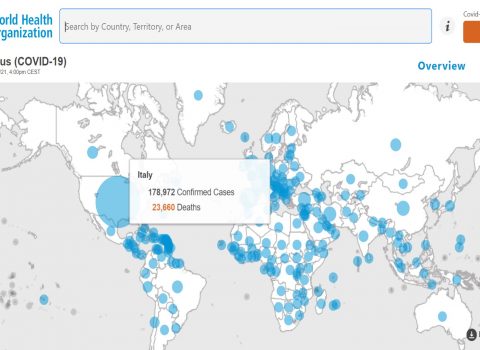
Prisoner’s Dilemma experiments published on Nature – Scientific Reports
The paper authored by our researcher Riccardo Gallotti and Jelena Grujić reveals new insight that can be achieved thanks to a quantitative modelling of human behavior
The story behind “A quantitative description of the transition between intuitive altruism and rational deliberation in iterated Prisoner’s Dilemma experiments” is very interesting: “data Jelena was not supposed to record, a paper Riccardo was not supposed to read, our open minded and outgoing attitude at conferences, and the great contribution of an anonymous referee, we finally have published the paper that accompanied us for seven years, helped us grow as scientists, motivated us into continuing along this path, and also made us good friends.”
The key question issued is: pro-social or anti-social behaviour?
To answer this fundamental question, recent studies analyse decision times in game theory experiments under the assumption that intuitive decisions are fast and that deliberation is slow. These analyses keep track of the average time taken to make decisions under different conditions. Lacking any knowledge of the underlying dynamics, such simplistic approach might however lead to erroneous interpretations.

Riccardo Gallotti
Gallotti and Grujić modeled the cognitive basis of strategic cooperative decision making using the Drift Diffusion Model to discern between deliberation and intuition and describe the evolution of the decision making in iterated Prisoner’s Dilemma experiments.
They found that, although initially people’s intuitive decision is to cooperate, rational deliberation quickly becomes dominant over an initial intuitive bias towards cooperation, which is fostered by positive interactions as much as frustrated by a negative one.
However, this initial pro-social tendency is resilient, as after a pause it resets to the same initial value.
These results illustrate the new insight that can be achieved thanks to a quantitative modelling of human behavior.


